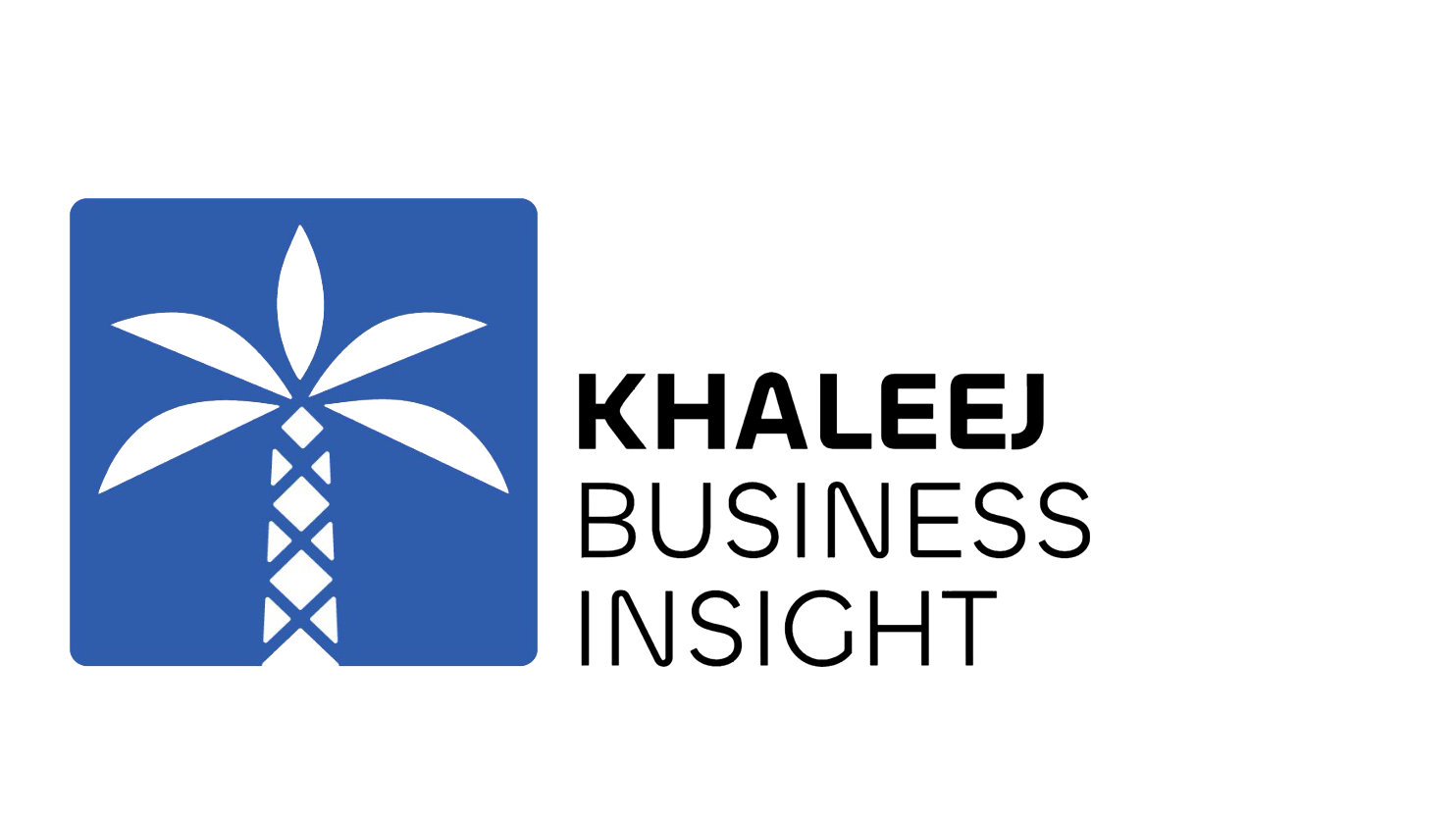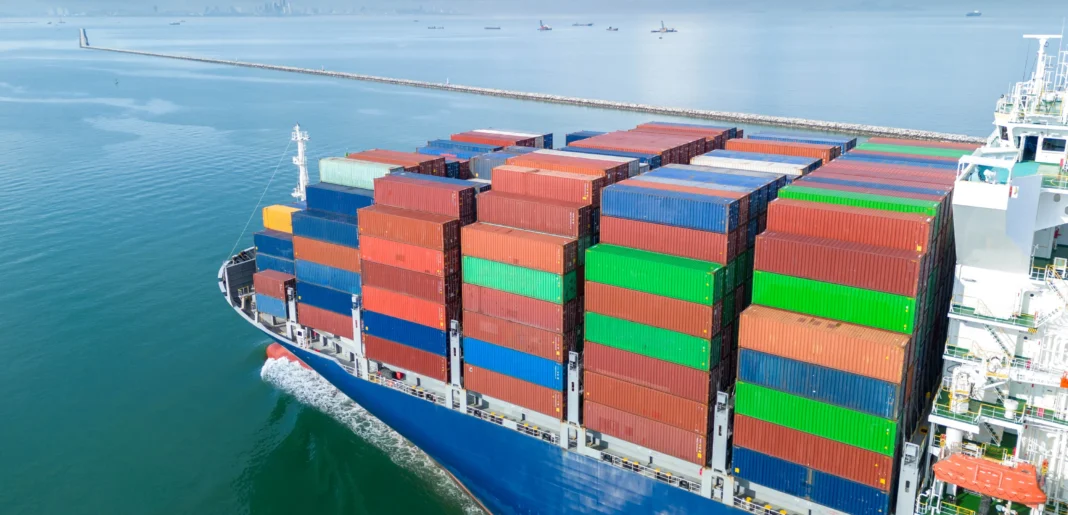Hamad Port plays a crucial role in strengthening Qatar’s position on the global trade map. As the country’s primary maritime gateway, Hamad Port facilitates the efficient entry and exit of goods and commodities.
Under the supervision of the Ministry of Transport, Qatar’s ports have undergone strategic development. Modern infrastructure and integration with free zones and logistics networks make them among the most advanced in the region.
Hamad Port links markets across Asia, the Middle East, Africa, Europe, and the Americas. This connectivity reduces cargo transit time and improves supply chain efficiency, benefiting local and international businesses.
Officially inaugurated in September 2017 by Amir H H Sheikh Tamim bin Hamad Al-Thani, Hamad Port now ranks among the largest and most modern ports in the Gulf and Middle East. The port is expected to reach a capacity of over 7.5 million TEUs annually upon completion of all phases.
The port handles more than 95 percent of Qatar’s maritime imports, and its infrastructure also includes container terminals. In addition, it features a general and bulk cargo terminal with a 7 million-ton annual capacity, as well as a multi-purpose terminal for livestock, vehicles, and equipment, which can handle up to 500,000 vehicles annually.
Captain Abdulaziz Nasser Al Yafei, Executive Vice President of Operations at Mwani Qatar, highlighted the port’s commitment to sustainability. Environmentally friendly technologies and projects like mangrove care and resettlement protect marine life and reduce carbon emissions.
Al Yafei also noted that Hamad Port drives economic activity beyond local needs. Furthermore, it supports industry, warehousing, and logistics services, while simultaneously maintaining high environmental and development standards. In addition, the port’s operations help integrate Qatar into the global sustainable economic system, reinforcing both trade and ecological initiatives.
Industry analysts say Hamad Port’s expansion bolsters Qatar’s trade competitiveness. Experts highlight that advanced infrastructure and green initiatives attract international shipping partners and investors.
Looking ahead, Mwani Qatar plans to continue expanding the port’s capabilities. Further phases will enhance cargo handling, increase operational efficiency, and support Qatar’s broader economic diversification goals.
Overall, Hamad Port is more than a gateway; it is a cornerstone of Qatar’s trade and logistics ecosystem. Its development ensures long-term connectivity, economic growth, and sustainability for the country.





